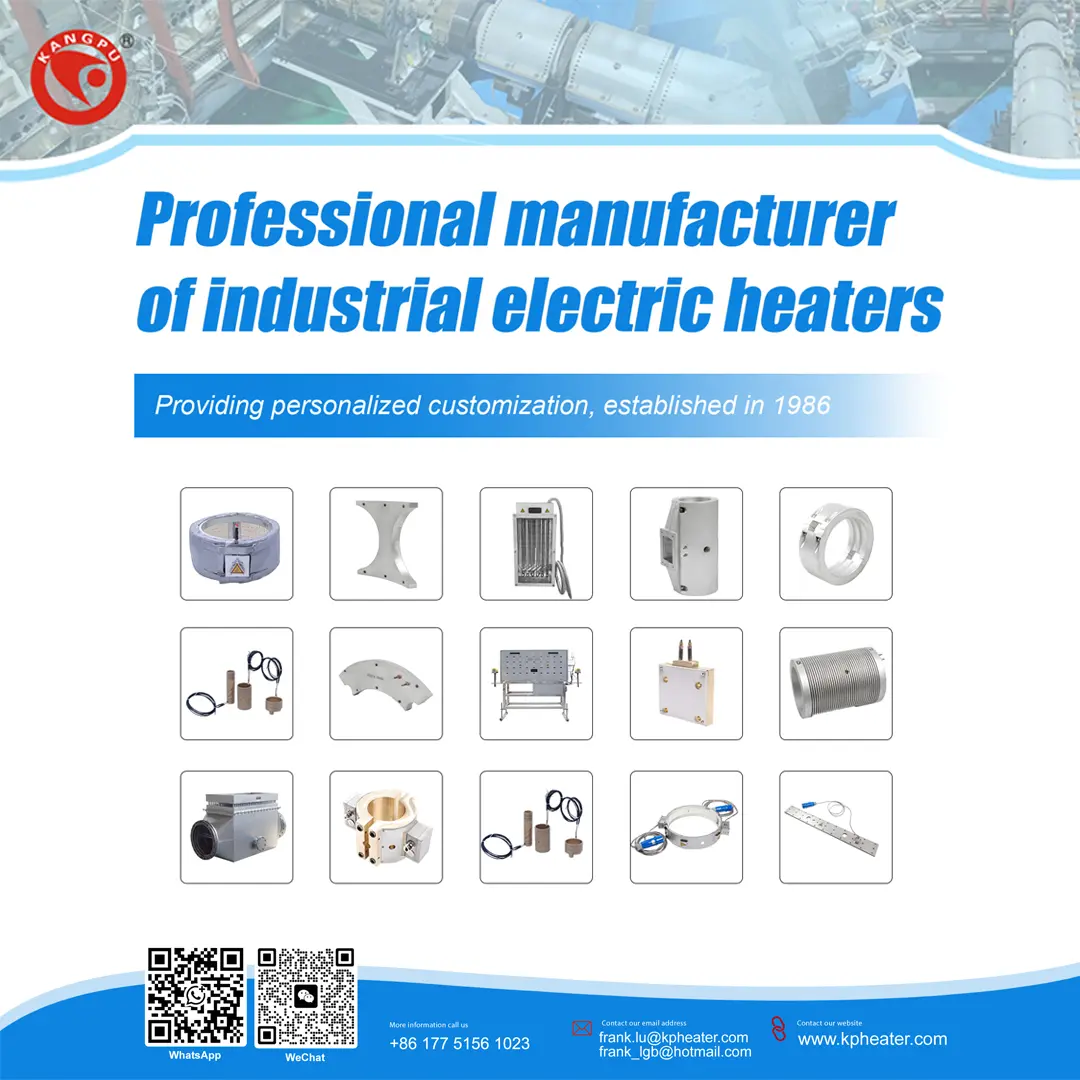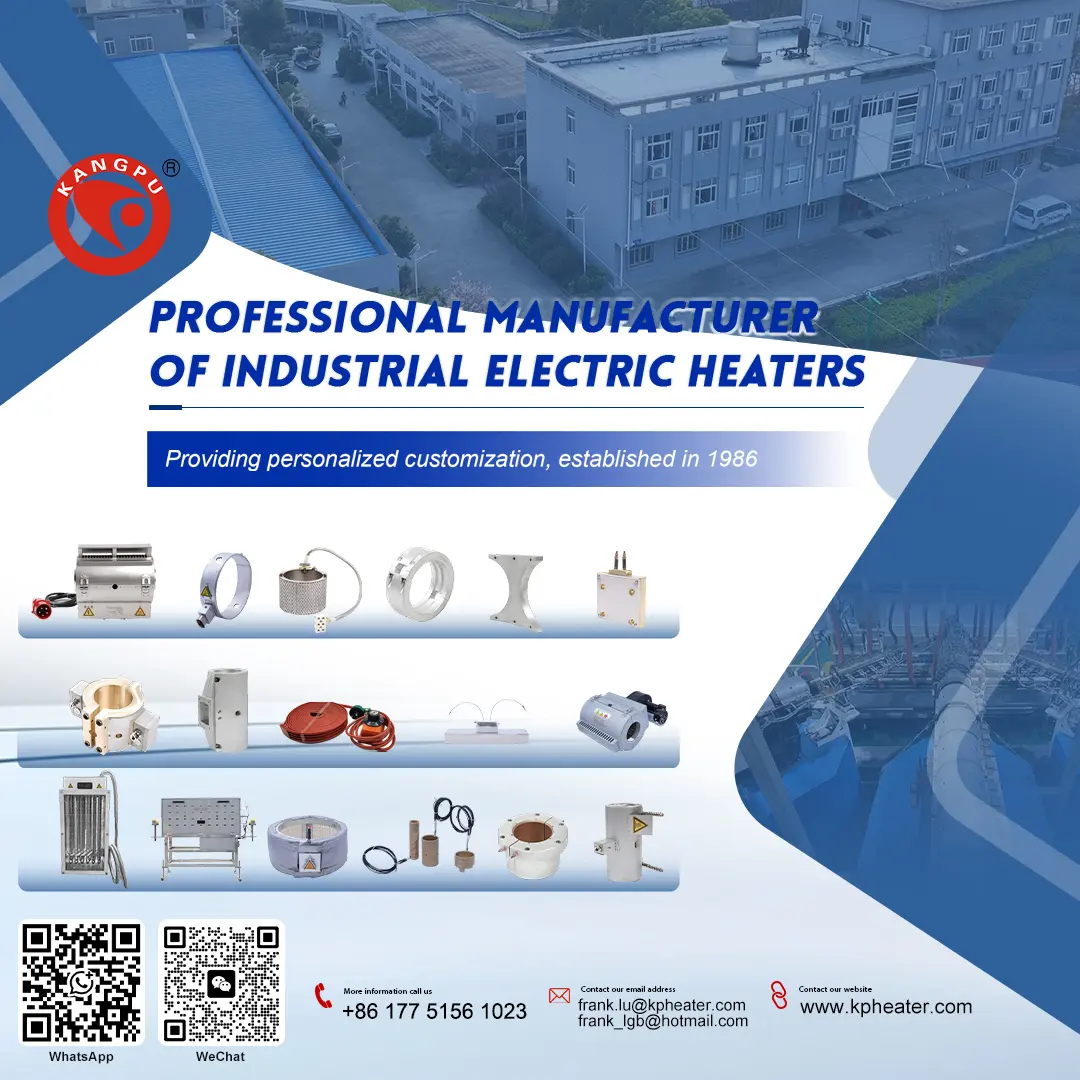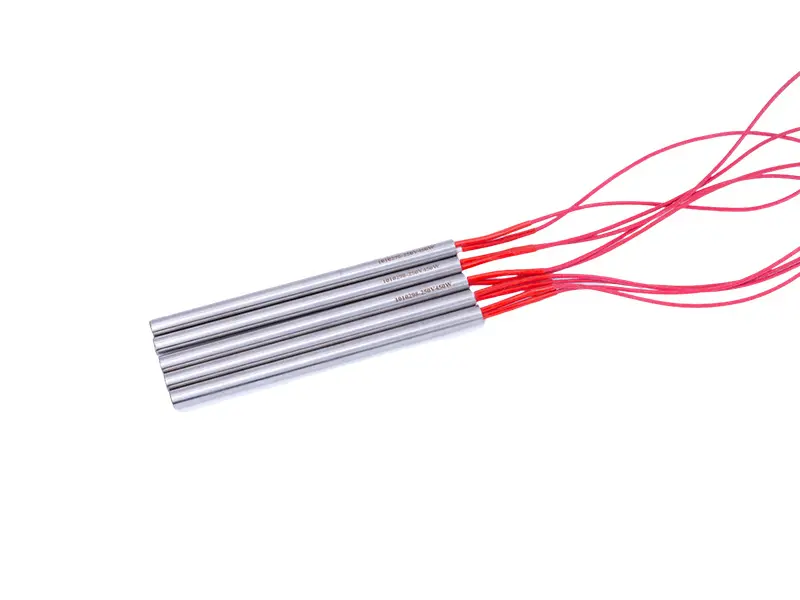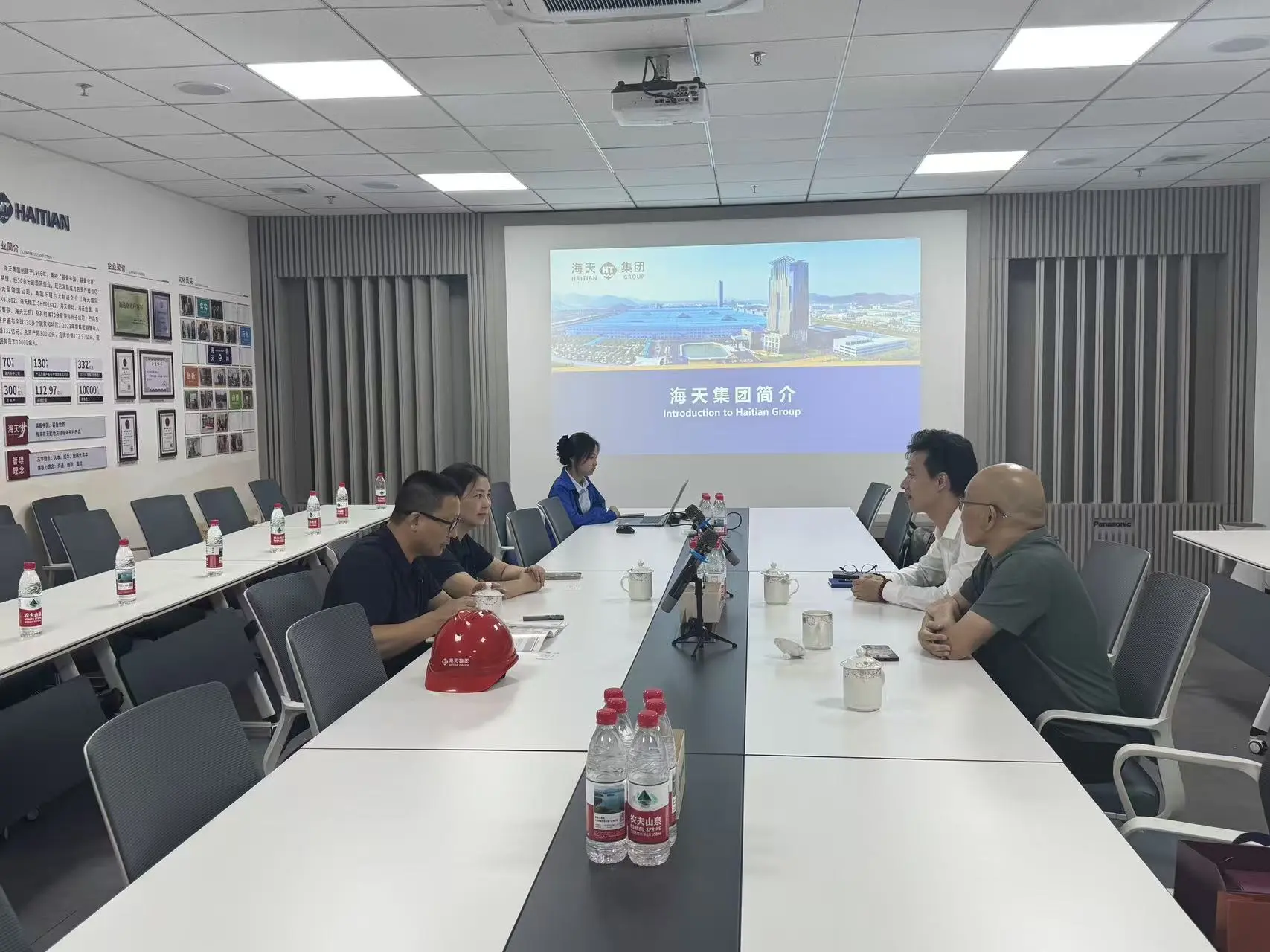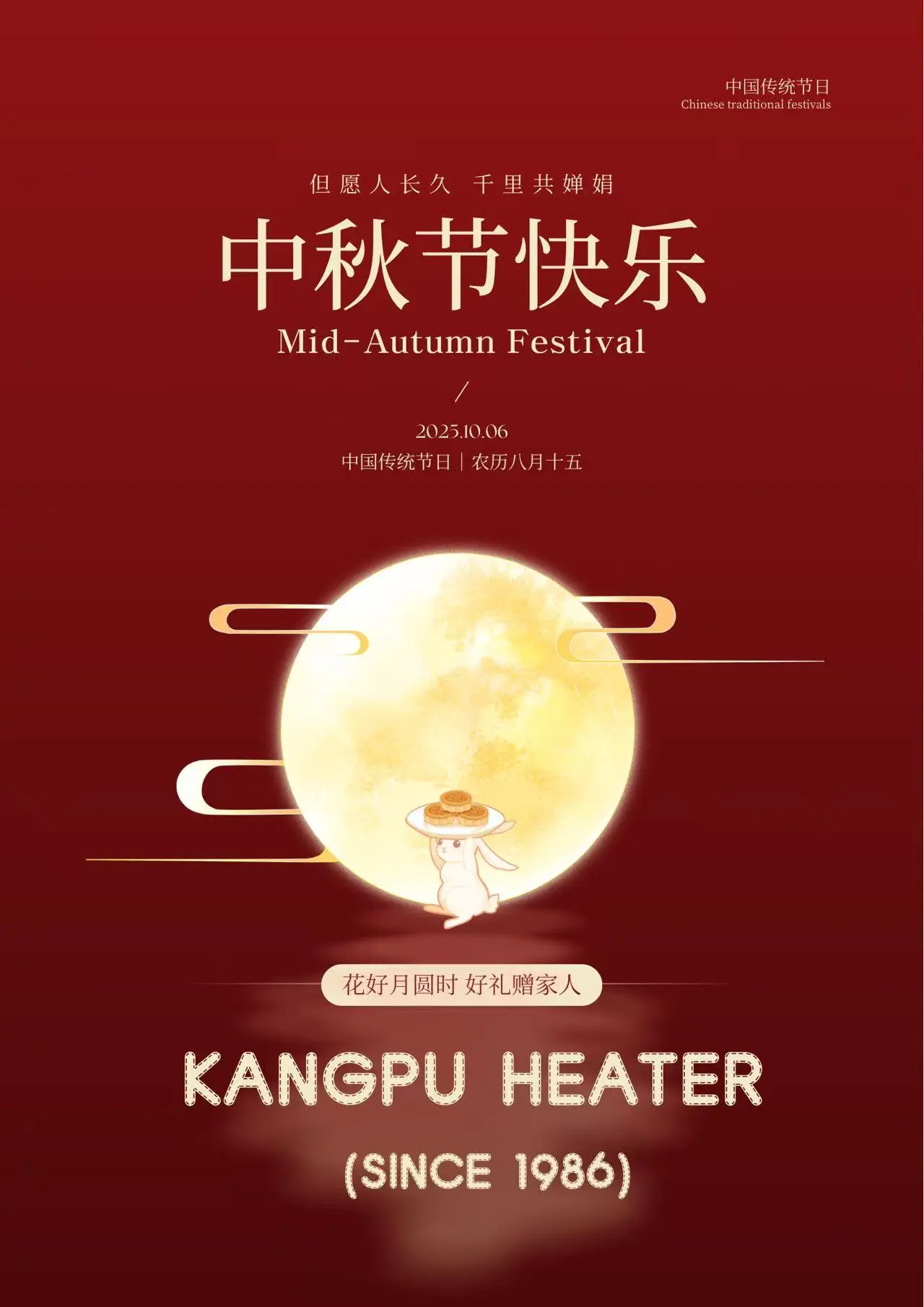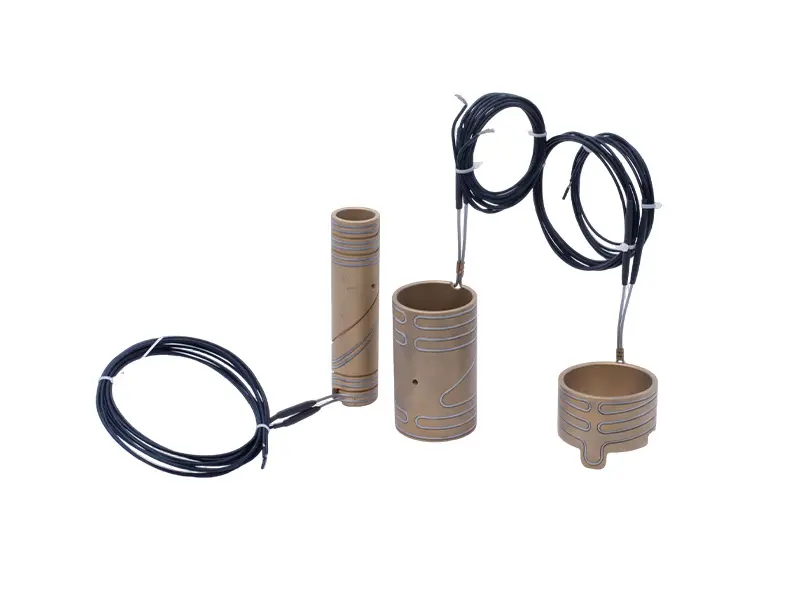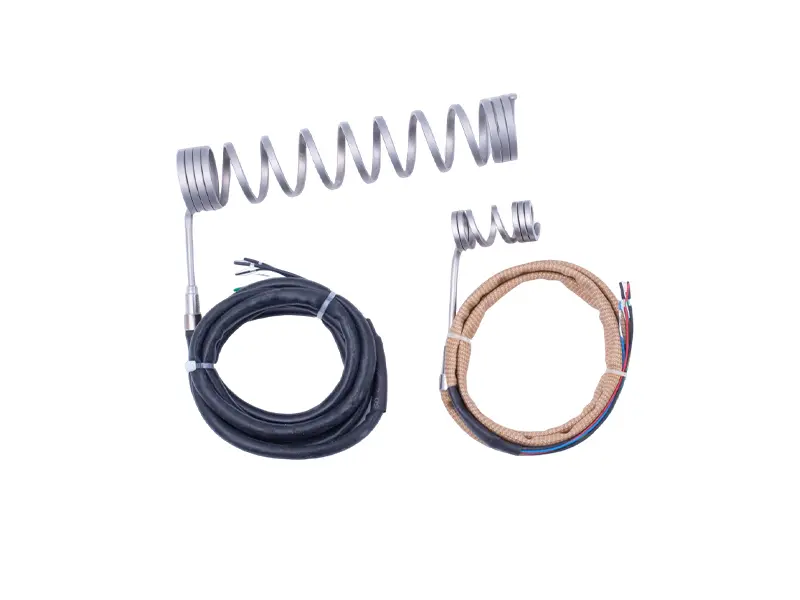Boost Injection Molding Efficiency with Hot Runner Spring Heaters
The working principle of Hot-Runner Spring Heater
The core principle of the Hot Runner Spring Heater is to convert electrical energy into thermal energy. It transfers heat by closely adhering to the components of the hot runner system (such as nozzles and flow plates), ensuring that the plastic melt remains in a molten state within the flow channel and preventing cooling and solidification.
Structurally, it consists of a Heating Element made of resistance wire (such as nickel-chromium alloy), which is externally wrapped with high-temperature resistant insulating material (such as magnesium oxide powder), and is encapsulated in a spring-shaped metal sleeve.
After being powered on, the resistance wire generates heat, and the heat is rapidly conducted through the metal sleeve to the wall of the hot runner's flow channel, keeping the plastic flowing through it at the required temperature and ensuring the continuity of the injection molding process.
The Features of Hot Runner Spring Heater
1. Excellent heating uniformity: The spring-like structure can tightly wrap around the surface of the heat flow channel components, ensuring full contact with the heating surface and reducing local temperature differences, thereby avoiding defects in the plastic caused by overheating or cooling.
2. Rapid heating speed: The resistance wire directly generates heat, with a short heat conduction path, resulting in short response times for temperature rise and temperature adjustment, enabling quick adaptation to the temperature change requirements of injection molding processes.
3. High flexibility: The spring structure can be flexibly wound around the shape of the heat flow channel components (such as circular nozzles, irregular flow channels), adapting to different specifications of heat flow channel systems.
4. Strong high-temperature resistance: Using high-temperature resistant materials (such as stainless steel sleeves, high-temperature insulation layers), it can operate stably in an environment ranging from 200 to 500℃ (depending on the model), meeting the processing temperature requirements of most engineering plastics.
5. Long service life: Protected by the insulation layer and metal sleeve, the resistance wire is less susceptible to external corrosion or mechanical damage, resulting in relatively stable service life.
The application industries of Hot Runner Spring Heater
1. Heating of the hot runner nozzle: Wrapped around the outside of the nozzle to ensure that the plastic melt inside the nozzle does not cool down and can smoothly be injected into the mold cavity. Suitable for single-point or multi-point hot runner nozzles.
2. Runner plate heating: Installed around the runner holes of the hot runner plate to maintain uniform temperature of the entire runner plate and prevent the melt from cooling during the diversion process.
3. Applicable plastic types: Widely used in processing general plastics such as PE, PP, ABS, as well as engineering plastics such as PA, PC, POM, etc., especially suitable for plastic molding scenarios that are sensitive to temperature and require strict control of melt fluidity.
Furthermore, in some industrial equipment that requires localized precise heating (such as small extruders and mold heating nozzles), it can also be adapted and used as needed.

